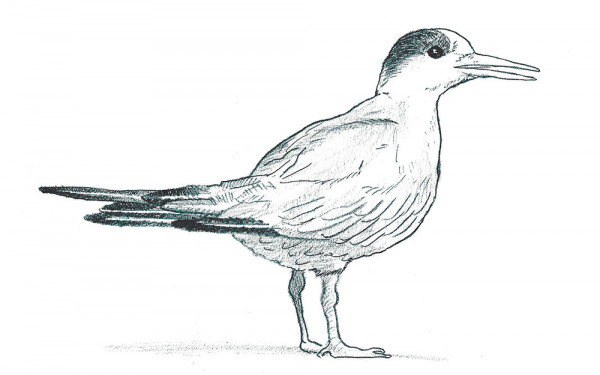Bird’s-eye view: Conserving wildlife through Montreal’s ornithological community
Wildlife enthusiasts across the city have had a fruitful bird-watching season
Coordinated by non-profit organizations across North America, FeederWatch, a seasonal ornithology project, is captivating Montrealers wishing to promote local wildlife conservation.
The project was founded in 1987 by The Cornell Lab of Ornithology and Birds Canada, formerly named Bird Studies Canada. These research centres teamed up with volunteers to gather independent data on different bird species. Les Amis de la Montagne, a non-profit organization that aims to protect the biodiversity of Mont-Royal, joined the project in 2005.
Antonin St-Jean, Head of Conservation and Education Services at Les Amis de la Montagne, explained that FeederWatch allows volunteers to observe local wildlife, including the approximately 180 bird species inhabiting the mountain.
Every season, St-Jean and his colleagues install seven feeders across Mont-Royal.
“Volunteers are asked to identify the species of birds observed at the feeders during periods lasting up to two hours on either Fridays or Saturdays,” said St-Jean.
Carl Lemyre, who has been volunteering for FeederWatch since 2018, visits each feeder for approximately 10 minutes every Saturday. “I joined the project to meet other wildlife enthusiasts such as myself,” he said.
Les Amis de la Montagne prescribes mandatory one-hour training sessions every season, teaching volunteers how to properly identify bird species they might observe at the feeders.
The ongoing season, ending April 30, has proven to be a success, with thousands of volunteers attending.
Volunteers have observed non-migratory species, such as the black-capped chickadee (Poecile atricapillus), the white-breasted nuthatch (Sitta caronlinensis), the downy woodpecker (Dryobates pubescens), and the hairy woodpecker (Dryobates villosus).
Volunteers have also observed migratory species, such as the common redpoll (Acanthis flammea) and the pine grosbeak (Pinicola enucleator). Predatory species, such as the barred owl (Strix varia) and the Cooper’s hawk (Accipiter cooperii), have also been identified.
St-Jean mentioned that although the pine grosbeak rarely visits the feeders, this finch species is a personal favourite of his, “due to its lovely pink plumage.”
Some notable species Lemyre has identified this season include the pileated woodpecker (Dryocopus pileatus) and the pine siskin (Spinus pinus). “I enjoy observing the barred owl, which, between the months of December and April, hunts small animals attracted by the feeders,” he said.
Aspiring wildlife conservationists and enthusiasts wanting to get involved with the project can find out more on their website.

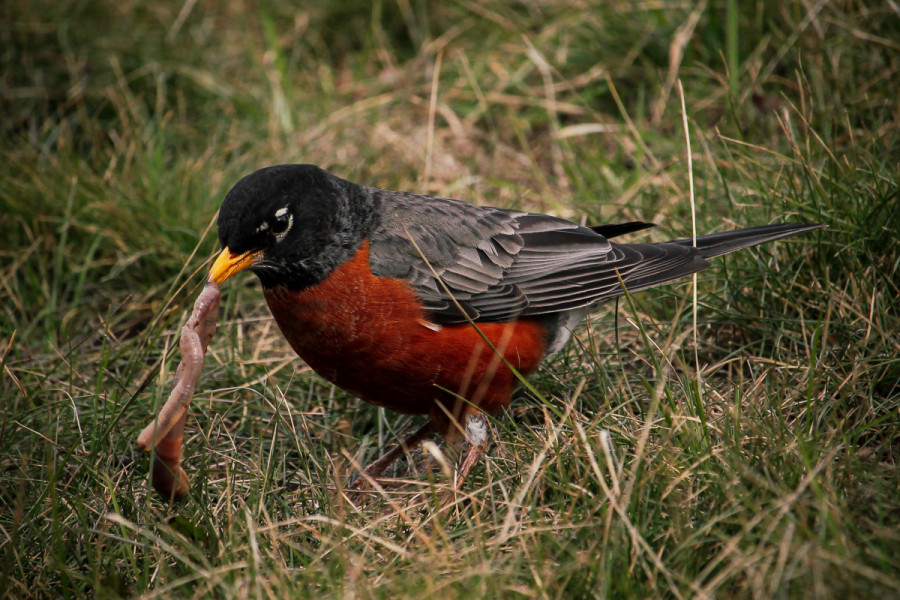
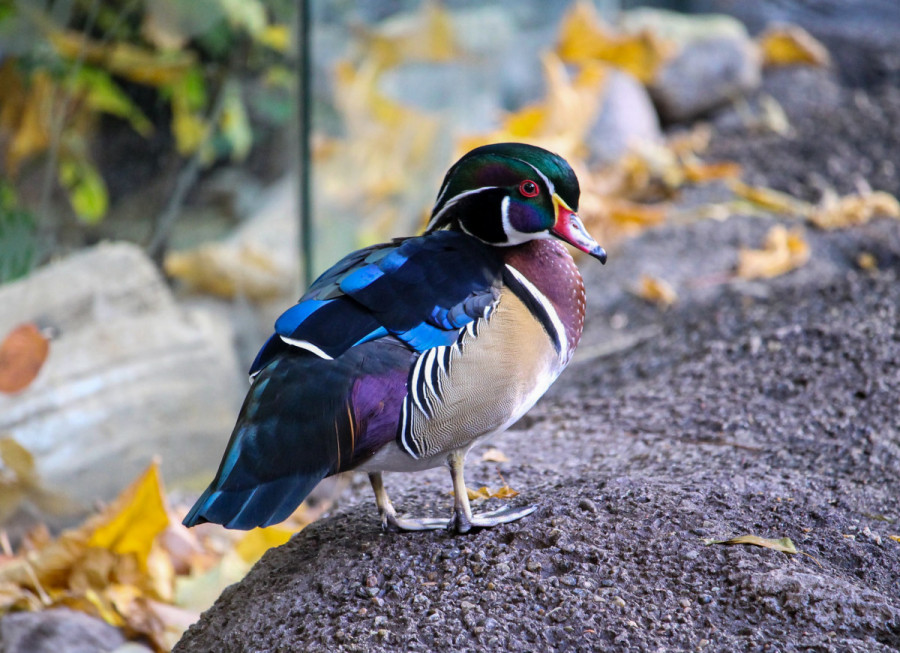
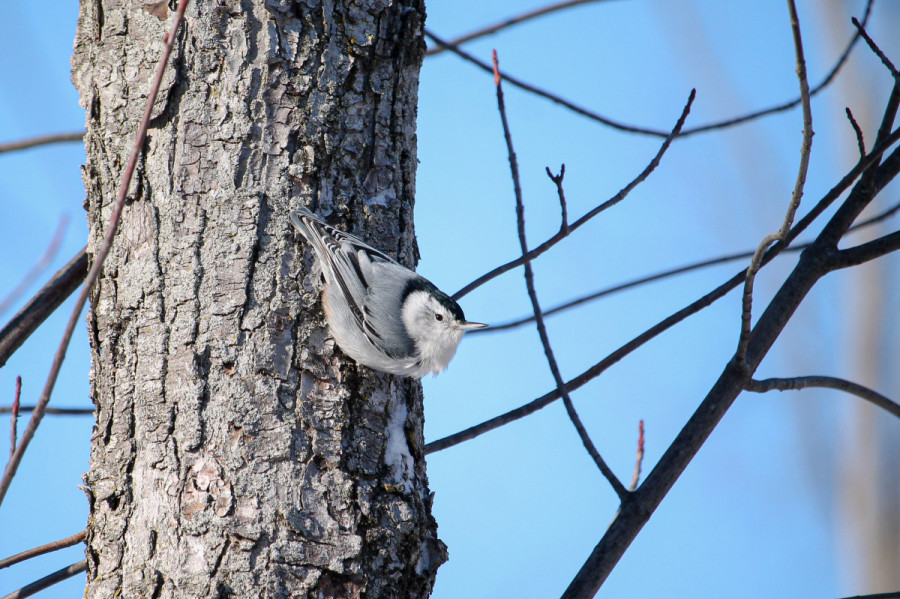
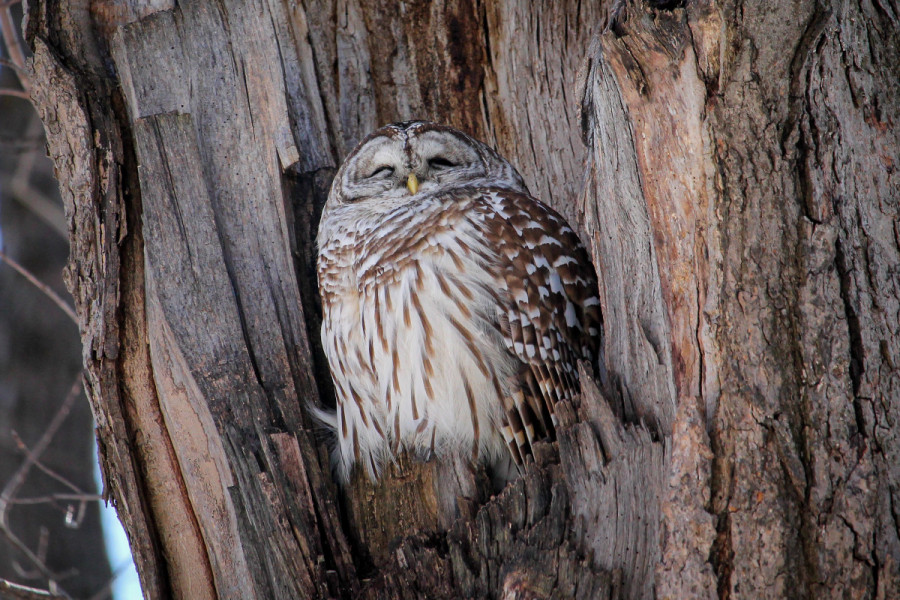
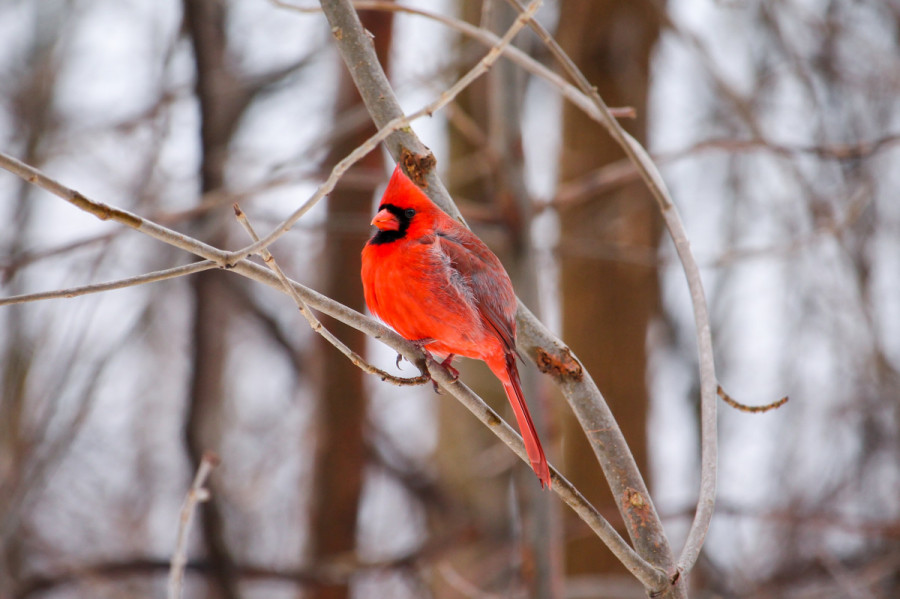
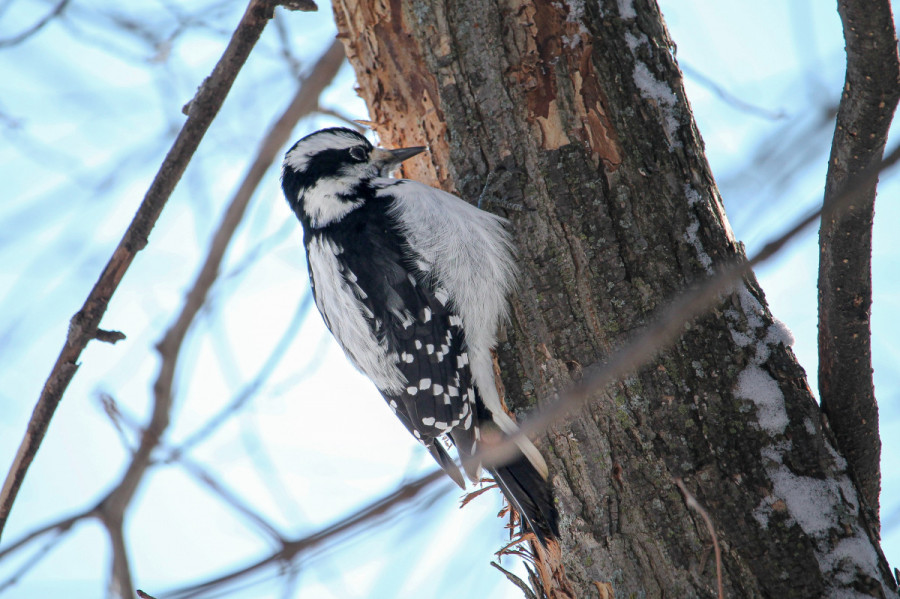
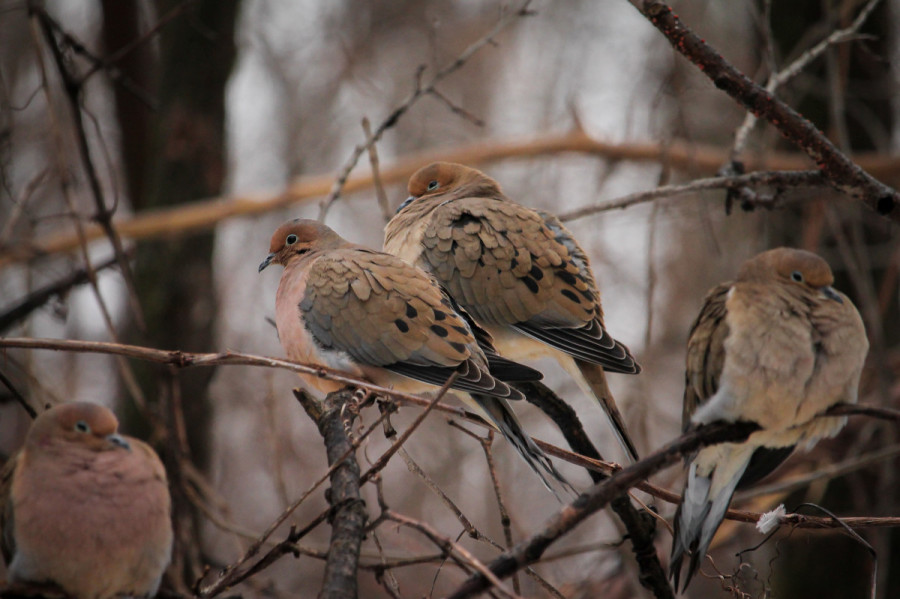
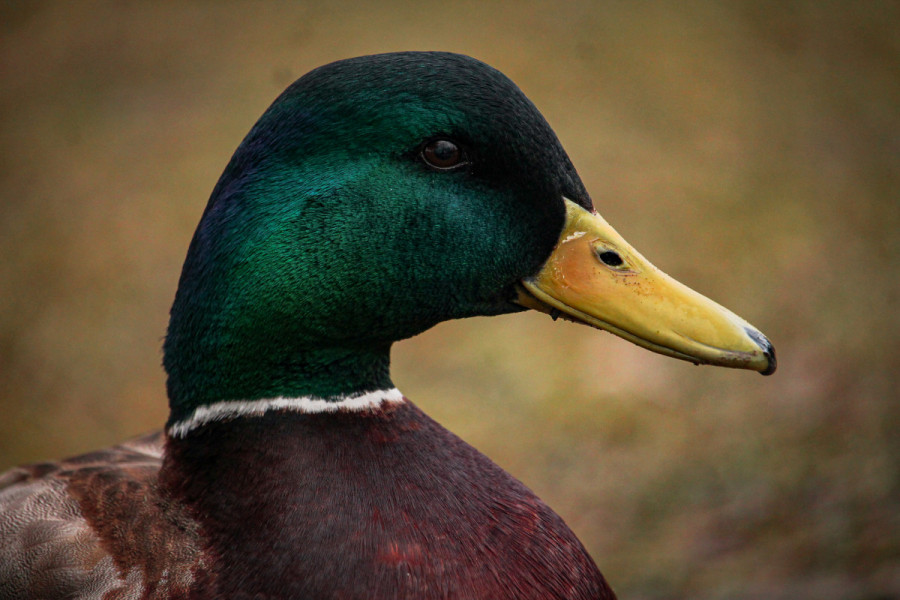
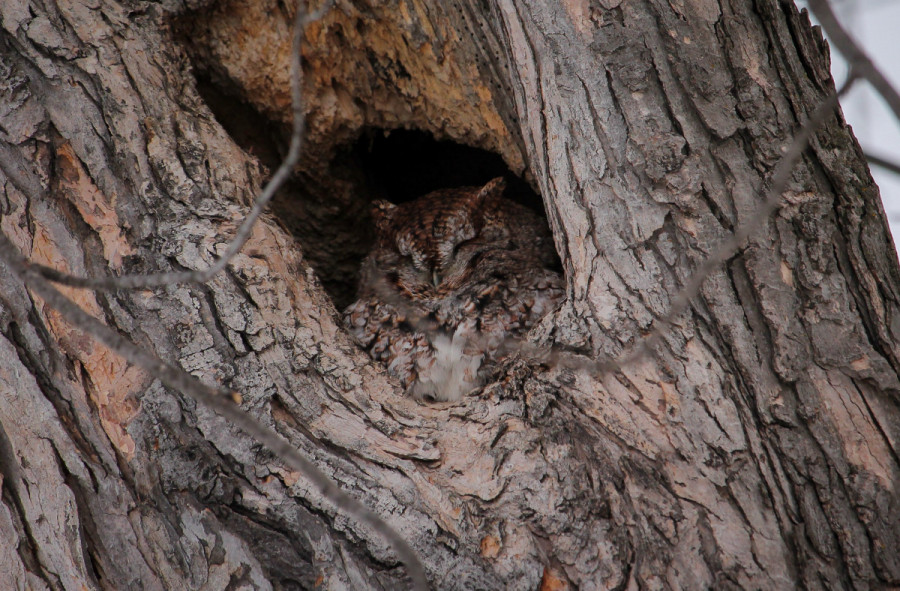
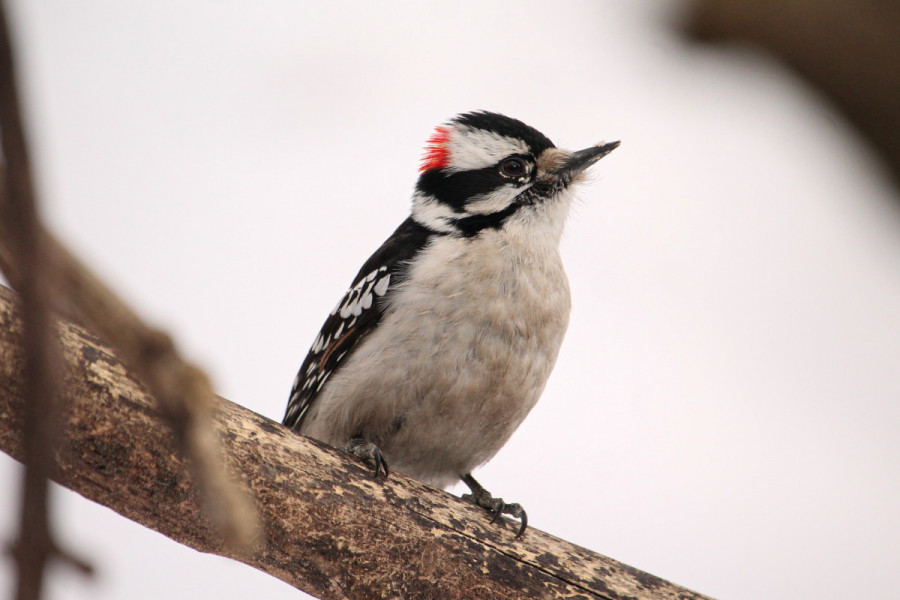
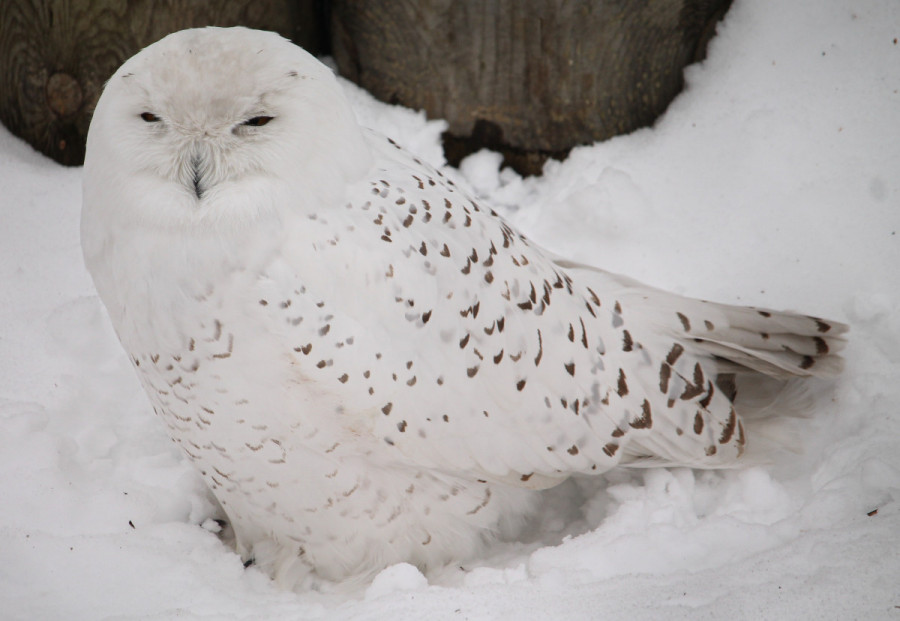
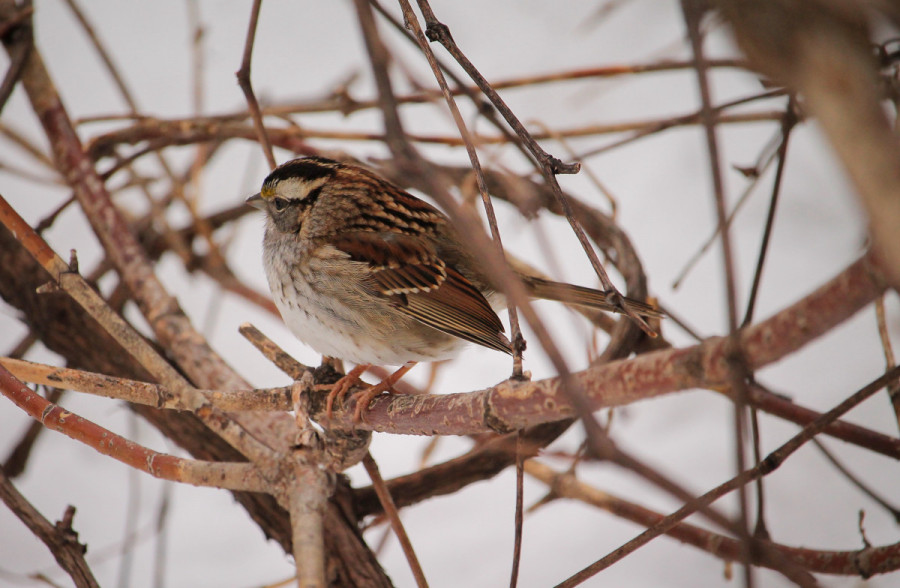

2web_600_375_90_s_c1.jpg)


